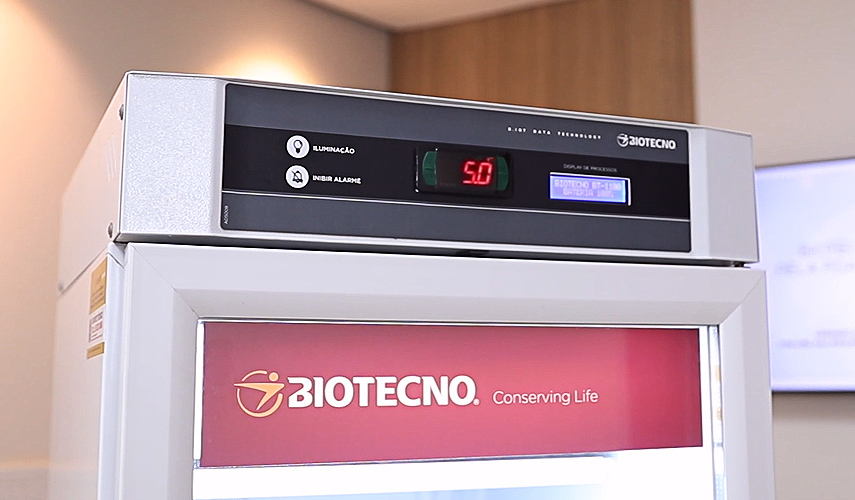


We know that vaccines are thermosensitive immunobiologicals, that is: the temperature to which they are exposed is the main factor that interferes with the quality of the immunizing agent from the moment it is bottled. Ensuring the correct and stable temperature throughout the entire transport and storage process is a challenge that is often not given due importance.
This concern with the Cold Chain does not come from today. It has been gaining strength since the 1990s, through the experience of the Immunise Australia Program. The health authorities of that country have implemented a robust national immunization program, with a very high vaccination coverage. When an effective vaccine is combined with high vaccine coverage, it is possible to control the transmission of a disease and even eradicate it. Australia had these effective vaccines, very high vaccination coverage, but still having diseases like measles circulating. And the question arose: if the vaccine is so good, with high coverage, how can this happen? Upon investigating, the researchers realized that the problem was in the Cold Chain. The vaccines were not being well preserved and that is why it was useless to vaccinate the entire population, as the doses were losing their effectiveness due to temperature deviations. This is the big difference between vaccinating and immunizing. While vaccinating refers to the act of injecting the vaccine into the person, immunizing refers to the effective action of the immunobiological in the body.
The Australia Experience
The study carried out in Australia dates back to 1994 and, in 1997, something similar occurred in Rio de Janeiro, with regard to measles vaccination. In both cases the conclusion was the same: problem in the cold chain. These studies began to bring to light the importance of the cold chain and how it is fundamental for vaccines to maintain their effectiveness.
Since then, Australia has started to produce materials to determine the necessary care during the entire vaccine storage process, as it is impossible to assess with the naked eye whether or not a vaccine has suffered a deviation from the temperature range. From all this experience, Australian professionals have published a manual on vaccine storage, called “Strive for Five”.
The storage temperature range for a vaccine is between 2°C and 8°C, but when you aim to keep the temperature at all times at or very close to 5 degrees, the chance of temperature drift is much lower. Thats why it is important to keep in mind that the goal of vaccine conservation is to keep doses at 5°C, with permanent monitoring. When the equipment temperature starts to deviate too much from 5°C, it is a warning sign to return to 5°C, a temperature that is exactly in the center of the range. This is the concept of Strive for Five – chase the five when the temperature range is between 2°C and 8°C.
This kind of conservation and temperature monitoring is only provided by scientific refrigerators, precision equipment specifically developed for the correct storage of vaccines.